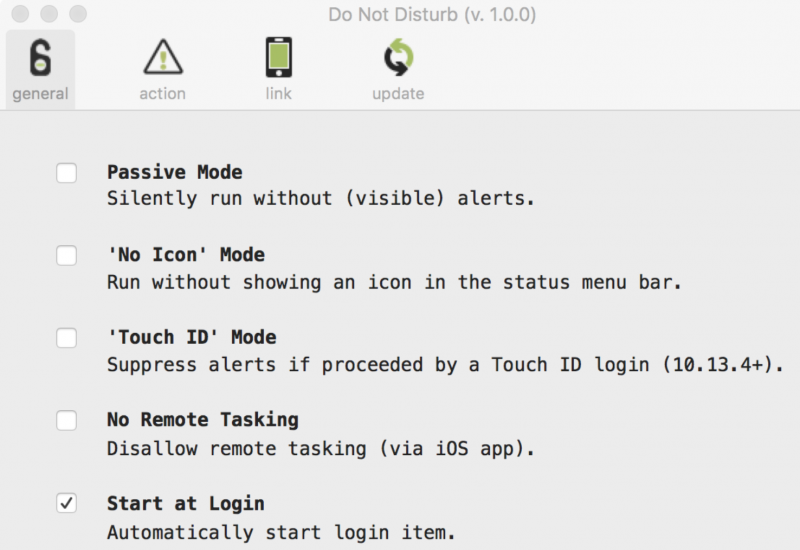Microsoft today announced new protections for Office 365 Home and Office 365 Personal subscribers, aimed at helping them recover files, protect data, and defend against malware.
Courtesy of the newly announced protections, Office 365 Home and Office 365 Personal users can now recover their files after a malicious attack like ransomware, Kirk Koenigsbauer, Corporate Vice President for Office at Microsoft, says.
The new functionality is available through a Files Restore option that has been long available for OneDrive for Business customers. The feature is now available for personal OneDrive accounts and is enabled for both work and personal files.
With the help of Files Restore, users can restore their entire OneDrive to a previous point in time within the last 30 days. The feature should prove highly useful in a variety of situations, ranging from an accidental mass delete to file corruption, ransomware encryption, or another catastrophic event.
To further protect users, Microsoft is bringing ransomware detection and recovery features to Office 365. This feature ensures that ransomware attacks are detected and also helps users restore their OneDrive to a point before files were compromised.
“If an attack is detected, you will be alerted through an email, mobile, or desktop notification and guided through a recovery process where you’ll find the date and time of attack preselected in Files Restore, making the process simple and easy to use. As these threats evolve, we are continuously improving detection capabilities to help keep you safe from the most advanced ransomware,” Koenigsbauer notes.
Microsoft is also retrofitting Office 365 with adding three new capabilities meant to help users keep their data secure and private when sending confidential or personal information online, regardless of whether via email or through sharing a link.
For starters, the software giant is allowing users to set and require a password to access a shared file or folder in OneDrive, thus preventing unauthorized access to their files, provided that the link is accidentally shared with a third-party.
Microsoft is also providing email encryption in Outlook.com, for an added layer of protection. Through end-to-end encryption of messages, the company aims at preventing hackers from intercepting and reading users’ communication.
“Encryption is particularly useful in cases where it is unclear what level of security your intended recipients’ email providers offer. Recipients receive a link to a trusted Office 365 webpage where they can choose to receive a one-time passcode or re-authenticate with a trusted provider before viewing the email,” Koenigsbauer says.
Recipients viewing encrypted emails in Outlook.com, the Outlook for iOS and Android app, or the Windows Mail app do not need to engage in extra steps to read and reply to messages. Outlook.com can also detect sensitive information like social security numbers when a new email is composed, and can provide a suggestion to send with encryption.
Additionally, users can now restrict email recipients from forwarding or copying emails sent from Outlook.com. Moreover, all Office documents attached to these emails are now encrypted even after downloading, meaning that, if they are forwarded to a third party, the recipient won’t be able to open the attachment.
Later this year, Office 365 Home and Office 365 Personal subscribers will also be able to take advantage of advanced link checking in Word, Excel, and PowerPoint. The functionality follows the advanced link checking and attachment scanning added to Outlook.com in October last year in an attempt to keep users protected from previously unseen viruses and phishing scams in real-time.
“Starting later this year, links you click in Word, Excel, and PowerPoint will also be checked in real-time to determine if the destination website is likely to download malware onto your computer or if it’s related to a phishing scam. If the link is suspicious, you will be redirected to a warning screen recommending you don’t access the site,” Koenigsbauer notes.











